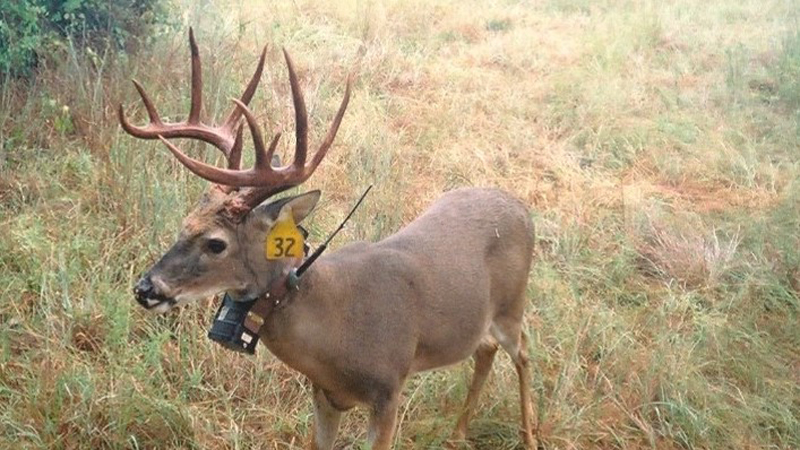
Project Team
Graduate Students
- Cheyenne Yates
- Jacalyn Rosenberger
Collaborators
- Andrew Little
- Gino D'Angelo
- Karl Miller
Funding Source
Background:
Historically, deer populations in the Southern Appalachians have been an important source of recreation and sustenance for local residents. Also, thousands of hunters have traveled annually to the mountains of North Georgia to hunt deer, specifically on Wildlife Management Areas on the Chattahoochee National Forest.
In recent decades, Georgia Department of Natural Resources (DNR) documented significant decreases in deer harvest. It appears that deer populations have dramatically declined, as have hunter numbers. Since the early 2000s, timber harvests have nearly stopped entirely on the national forest, leaving only mature trees with little understory to provide food and cover for deer. At the same time, populations of black bears, coyotes, and bobcats have increased. Declines in deer numbers may be a function of predation, inadequate food availability, or other factors. DNR adjusted hunting seasons to decrease harvest of female deer, however deer numbers have continued to decrease.
Movement, space use, and occupancy - Cheyenne
- Evaluate movements and space use of adult female deer
- Examine occupancy among deer, wild pigs and black bears related to acorn abundance
Her tasks included capturing and affixing GPS collars on adult does, tracking their locations every 4 hours, maintaining a grid of 64 trail cameras, and conducting acorn and vegetation surveys.
Hunter impact - Jackie
Jackie focused on the deer population in the North Georgia Mountains as it relates to hunter participation, behavior and satisfaction. Her study took place on 2 North Georgia WMAs with the goal of evaluating fine-scale movements of both deer and hunters among pre-hunt, hunt, and post hunt periods. She compared adult doe movements to factors such as hunting pressure, hunter access points, habitat characteristics, and distance to roads, while also analyzing hunter movements relative to access points and landscape features. Her research is helping aid land managers in their efforts to minimize the effects of hunting on the declining deer population while continuing to provide recreational opportunities for hunters. Specifically, her researched helped determine:
- If deer actively avoid hunters
- If refuge areas currently exist and/or if there is potential to create refuges by limiting hunter access
- Hunting pressure and distribution of hunters across the WMAs, and thus, the harvest vulnerability of adult does
- The potential to adjust the timing of hunting seasons to minimize negative effects on the fitness of deer (i.e., survival and reproduction).